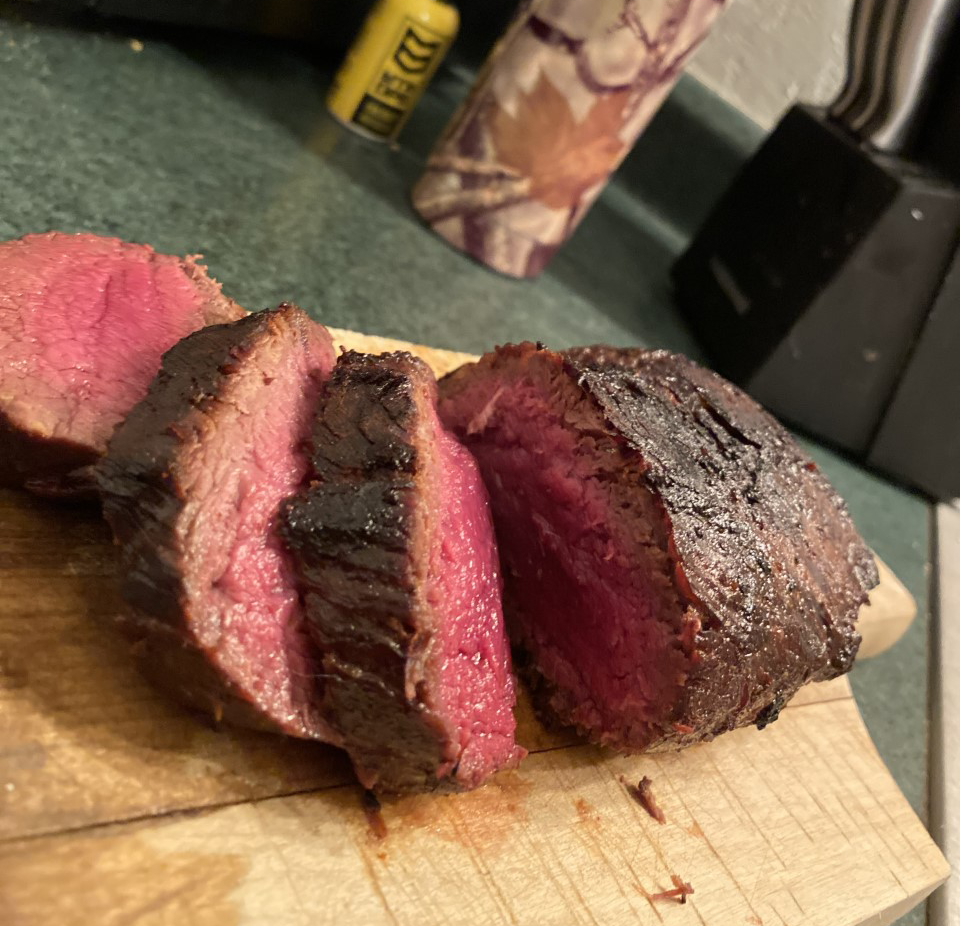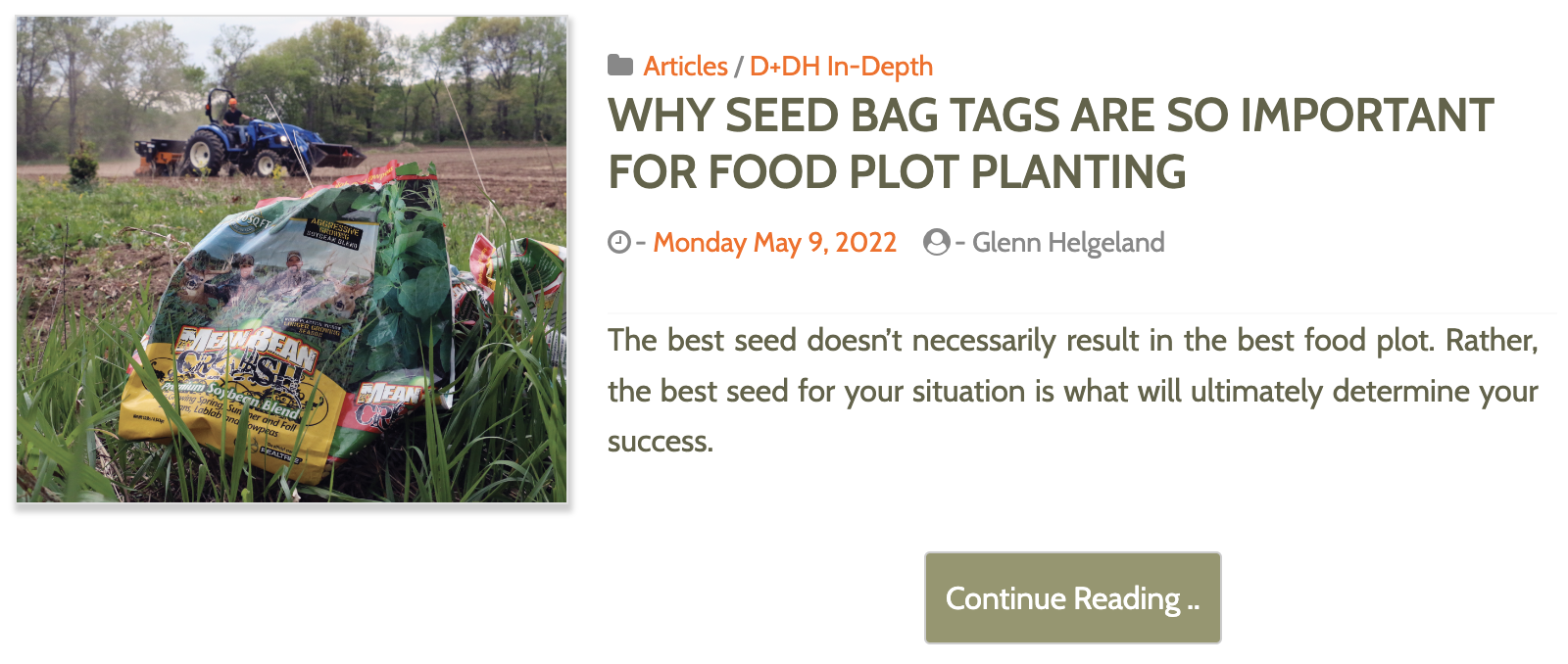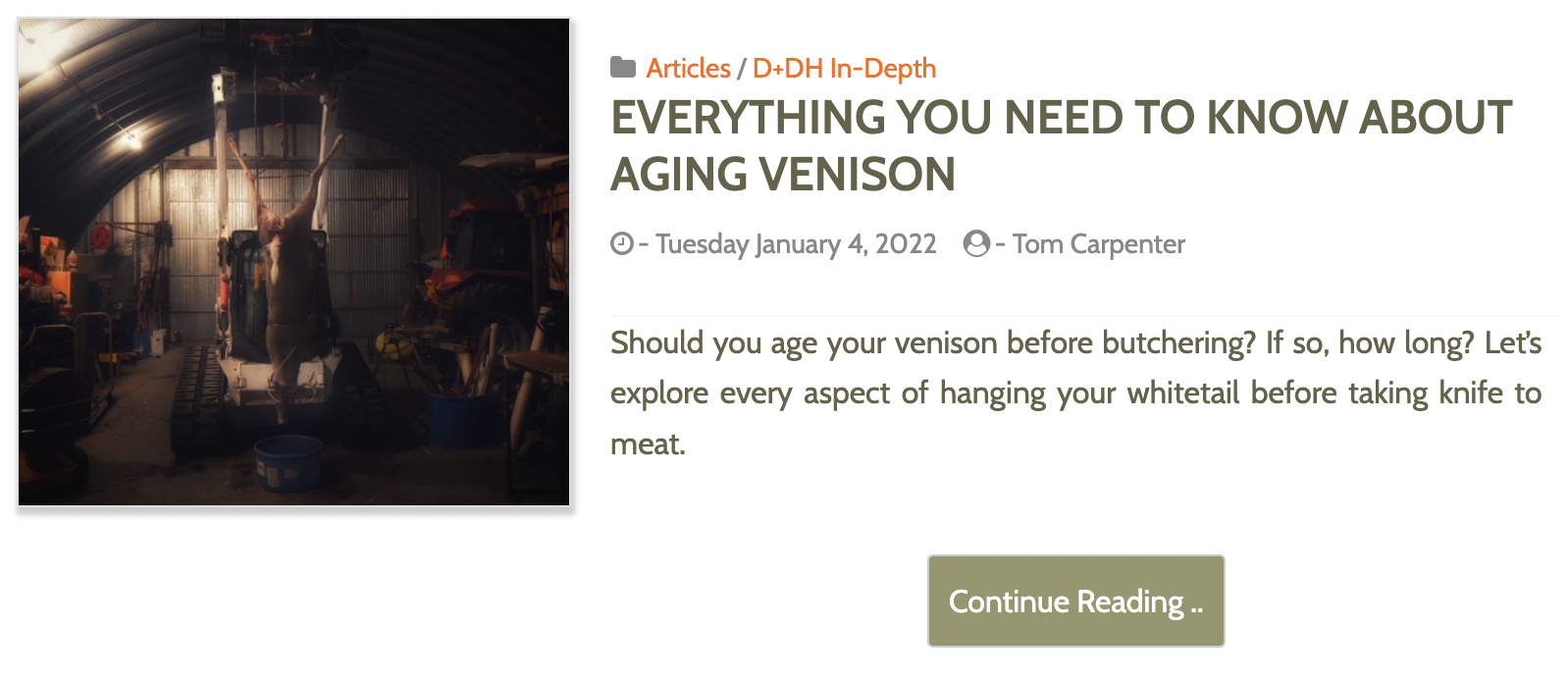Many people assume that the red drip or purge that occurs in packages of raw meat, or when frozen meat is thawed, is residual blood. However, there is very little blood remaining in meat following animal harvest because of the thorough bleeding and removal of blood that occurs during commercial harvest and processing. In the case of wild game, typically there is also very little blood remaining in muscles following harvest. The red color that is visually obvious in drip or purge is due to myoglobin, which is the pigment present in meat that is responsible for meat color. It is very similar to hemoglobin, which is the pigment in blood, both of which generate essentially the same color when exposed to air. However, myoglobin and hemoglobin are different, and have different functions in living animals.
Functions of myoglobin and hemoglobin
Myoglobin is located within muscle cells, both in cardiac and skeletal muscles, while hemoglobin is located in red blood cells. The two pigments have similar, yet different, functions. Both have the primary function of binding and transporting oxygen but, obviously, do so in different locations. They also differ in how firmly they each bind oxygen. Hemoglobin provides the transport of oxygen from the lungs to muscles via circulating blood in the capillaries around muscle cells, then hands off the oxygen to myoglobin, which is located inside the muscle cells. This means that myoglobin binds oxygen more firmly than hemoglobin, which is necessary to accomplish the oxygen transfer at the cellular level. Myoglobin then stores oxygen in the muscles and transfers the oxygen to the mitochondria for energy production as needed, both during rest and during exercise. The binding of oxygen is reversable in both cases because the transfer of oxygen is a very important function of both pigments. This comes into play when considering the development and loss of meat color. Fresh meat binds oxygen very well, and forms a bright, cherry-red color as a result when exposed to air, but slowly loses the oxygen as time goes on with a loss of the red color.
The reason that myoglobin “leaks” away from fresh or frozen-thawed meat is because myoglobin is a water-soluble protein, and any water separation that occurs is likely to contain some myoglobin. This is especially true for meat cuts such as steaks and chops where some muscle cell walls on the surface have been cut, and the cell interior exposed as a result, thus allowing easier escape of intracellular water and myoglobin. In the case of frozen meat, some cell wall damage occurs due to the expansion that occurs when ice is formed during freezing and this results in increased water loss when the product is thawed.
TRY NEW WILD GAME RECIPES
Commercial applications for meat color control
Myoglobin is called a conjugated protein which means that it is composed of a typical protein chain of amino acids (globin portion of myoglobin), plus a nonprotein structure called the heme. It is the heme structure, which contains iron, that makes myoglobin unique because the heme is where oxygen is bound for transport. The heme iron can also bind other compounds such as nitric oxide (NO) and carbon monoxide (CO). In fact, both NO and CO bind to the heme much more firmly than oxygen, and will displace oxygen if they are present. Both of these compounds are used commercially to improve meat color and color stability. Nitric oxide is utilized for the development of cured meat color, where curing agents (nitrite and/or nitrate) release NO when added to meat. The NO is bound by the heme iron and forms the stable reddish-pink color of cured meat.

For fresh meat, CO gas is used in some packaging applications because CO binds very tightly to heme iron and produces a bright red color that is very similar to that produced by oxygen. In fact, the binding of CO to the heme in hemoglobin is so strong that it is the basis for carbon monoxide poisoning when excess CO in the air is bound by hemoglobin and displaces oxygen. Obviously, if the concentration of CO in the air is high enough, the results can be fatal for anyone exposed because the blood will be unable to transport oxygen. There were concerns about the safety of CO-packaged meat when the process was first developed but the amount of CO used in packaging is far too small to be hazardous. The advantage of CO packaging is that, because of the strong bond between CO and heme iron, the red color will last 3-4 times as long as the color that results from oxygen.
Myoglobin and color
Myoglobin affects meat color in two ways. First, the concentration of myoglobin determines the intensity of color, and second, the compound attached to the heme determines the perceived color. Myoglobin concentration varies a great deal between species depending on muscle function. For example, whales, which need a large muscle storage capacity for oxygen when they dive, have an extremely high myoglobin concentration, and a muscle color that has been described as very dark and almost black. Whale muscle has about 50 more myoglobin than most other mammals. The difference in color intensity between chicken breast meat and venison is another example of differences in myoglobin concentration. Myoglobin content is also increased by muscle function which means that muscles used for greater exertion such as running (as in the case of venison) or lifting will have more myoglobin. This also means that muscle myoglobin content can be increased by exercise and training. Marathon runners, for example, will have greater muscle myoglobin concentration than the average person. People who live in mountainous regions at high altitudes have also been found to have increased muscle myoglobin content because of the need for greater oxygen storage capacity in those environments.
The visible color of myoglobin, regardless of concentration, is determined by what is bound to the heme iron. Following animal harvest, oxygen in the muscles is quickly depleted, and the color is best described as reddish-purple. However, the ability to bind oxygen is still very active, and exposure to air for 30-60 minutes will result in oxygen binding to the heme and a bright, cherry-red color on the surface (commonly called fresh meat “bloom” in the meat industry). The interior of the muscle will remain reddish-purple because oxygen penetration below the surface is very limited. Over several days, or a few weeks, depending on temperature, raw meat will slowly lose the ability to bind oxygen and the meat will slowly turn grey/brown. Cooking denatures the protein portion of myoglobin which changes the ability of the heme to bin oxygen, and, in this case, the color will also change to grey/brown.
For cured meat, the NO bond to heme iron is strong enough to withstand the protein denaturation that occurs with cooking but, in this case the color is modified from cherry red to a reddish-pink. Research has demonstrated that the NO is still present on the heme iron of cooked, cured meats. This color will also fade with time because of the reversable nature of the heme-NO bond so proper packaging of cured meat products is critical for preventing color loss.
Myoglobin has been one of the most thoroughly studied proteins in nature, and was the first protein for which the 3-dimensional structure of the molecule was determined and displayed. As a result of the basic research on myoglobin, meat color is now very well understood, and this information has been very useful for controlling meat color to the best advantage. So, the next time someone comments about the “blood” that pools around fresh or frozen-thawed meat, you can provide an appropriate explanation.
— Dr. Joe Sebranek is a distinguished professor of animal science at Iowa State University.
D+DH In-Depth is our premium, comprehensive corner on America’s No. 1 game animal. In this graduate-level course, we’ll teach you about deer biology, behavior, and ultimately, how to become a better hunter. Get articles sent to your inbox each time they go live by signing up here!
Check out more of our D+DH In-Depth articles below.














































